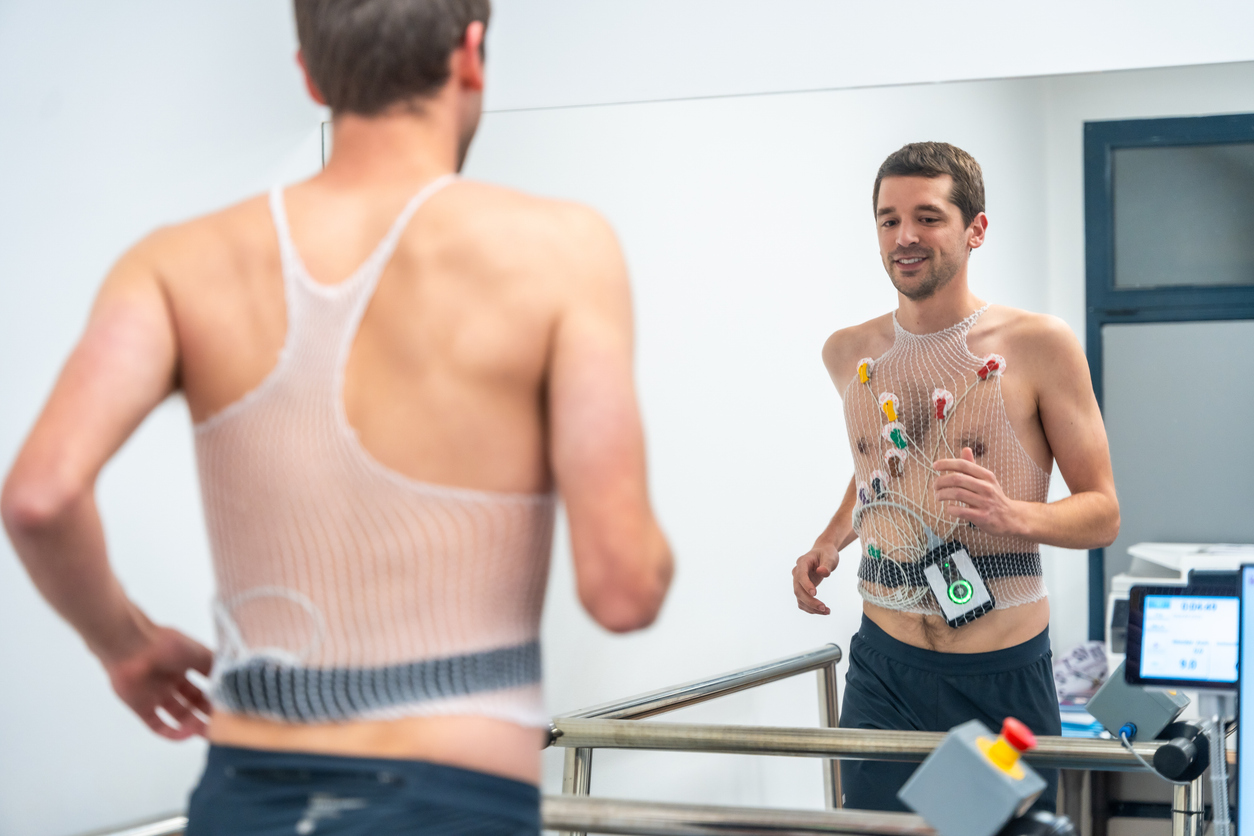How Are Nuclear Stress Tests Performed?
A nuclear stress test is a tool that helps diagnose heart issues. It is also highly effective in monitoring your heart health and assessing the effectiveness of specific treatment plans. The results of this test help your doctor understand how your heart is functioning, which is critical for them to identify issues and improve your heart health. You may wonder, how are nuclear stress tests performed? Below, you will find helpful information about what to expect before, during, and after the test.
How Are Nuclear Stress Tests Performed?
A nuclear stress test is helpful in learning more about how your heart is working. The test involves two parts. If you have been scheduled for a nuclear stress test, it is important to consult with your doctor about how to prepare. They will provide you with helpful information about preparation, what to expect from their specific treatment process, and what will happen after. Below are general guidelines for how nuclear stress tests are performed.
Before the Nuclear Stress Test
You will need to physically prepare before your nuclear stress test. Things patients are most often told to avoid include eating, drinking, or taking certain medications for some time before your test. Your doctor will provide you with specific information about this. It is essential to follow their instructions carefully. Do not stop taking any medications without consulting your doctor first, as this can be dangerous and may impact your results. On the day of the exam, wear comfortable clothes. You should be able to exercise in them if the test calls for it.
During the Nuclear Stress Test
A nuclear stress test is performed at a cardiovascular health center. The nuclear stress test starts with an injection. The injection is a small amount of radioactive material. It is referred to as a tracer and is injected into your arm. The injection travels through your bloodstream to reach your heart. It is then absorbed by your heart. A special camera will then take a set of images while you are lying down. They show how your blood flows to your heart when you are resting.
The second phase of the test involves assessing your heart when your body is not at rest. This portion of the exam is completed by measuring your heart during exercise or with medication. During this time, another set of images is taken. This shows the doctor how well your blood flows to your heart when it is under stress. Throughout the entire exam, several things are monitored, including your heart rate and blood pressure.
After the Nuclear Stress Test
Once the test is complete, you will be asked to rest for a short period. The doctor will observe you to ensure that your heart rate normalizes. The doctor will assess the images and review them with you. In some cases, you may need to set up a follow-up appointment to discuss your results. Your doctor will let you know what to expect after the nuclear stress test in advance.
Do I Need A Nuclear Stress Test?
Your nuclear cardiology doctor will determine if you need a nuclear stress test. There are several reasons why you may need a nuclear stress test. The most common reasons are as follows.
Diagnosing Heart Conditions
A nuclear stress test assesses whether someone has coronary artery disease. It is also helpful in diagnosing several other heart conditions and assessing the severity of heart disease.
Treatment Assessment
If you are undergoing treatment for heart issues, a nuclear stress test can help assess your treatment. Your doctor can use the information to determine whether other treatments are necessary or if you are on the right track.
Apex Cardiology
The team of experts at Apex Cardiology is skilled in nuclear stress tests. If you feel you need to schedule an appointment for a nuclear stress test, contact their team today!

Leave a Reply